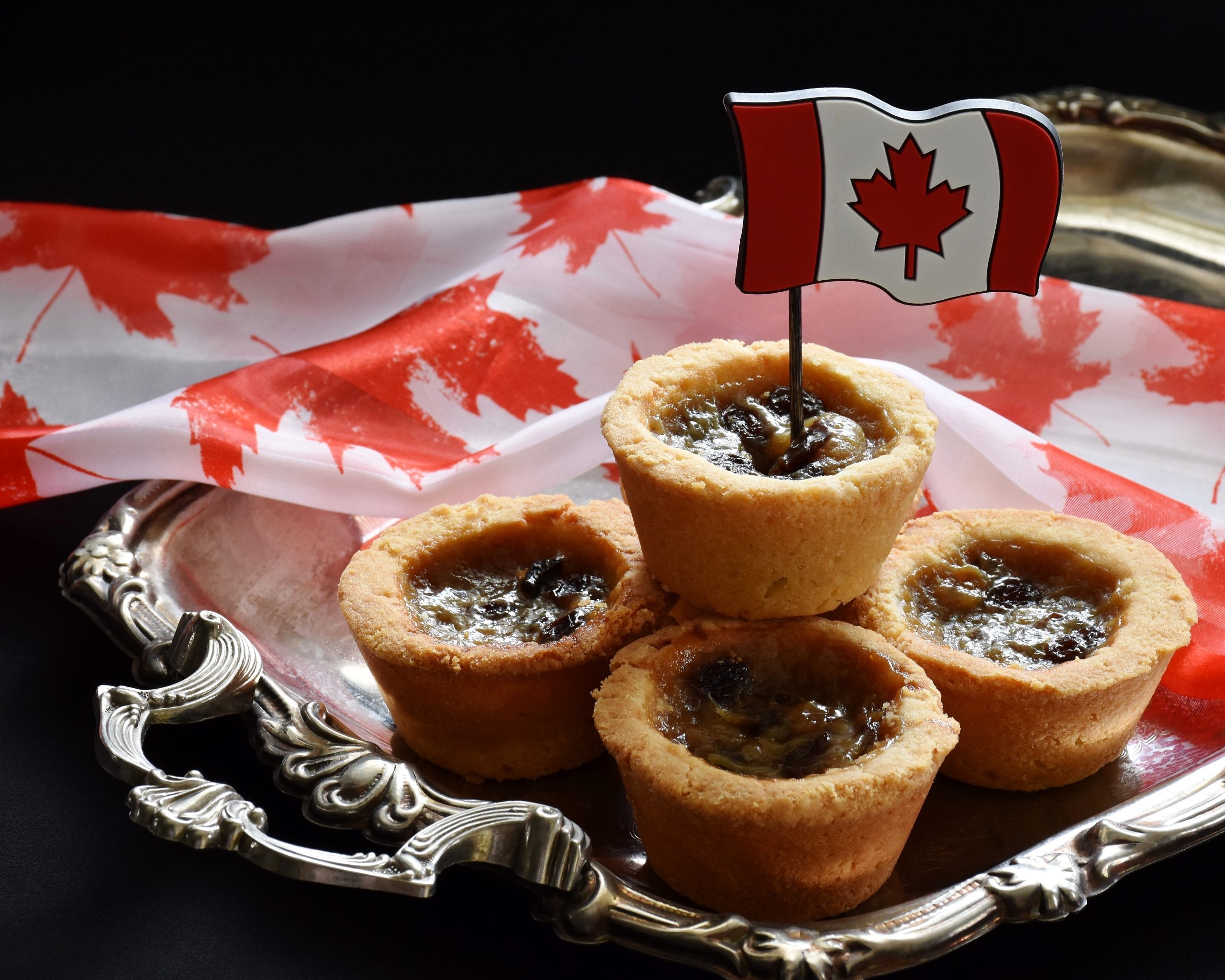Canadian butter has had a bum rap on the socials this year. But, with the holidays here, I want to clear up a few things and become a Canadian butter booster.
You may recall: last winter some folks began to assert – without much more than anecdotal evidence – that butter was getting harder through COVID. They blamed this on dairy farmers using palm fat to supplement cows’ diets.
Let’s be honest. Questioning the use of palm oil is fair game. (There are claims using anything palm oil-based leads to deforestation, exploitation of workers, and other harmful environmental and social effects in the parts of the world where it is mass produced. Yet, it is used in food and consumer packaged goods around the world.) The sustainable growth of palm is developing but is not yet enough to serve the global market. So says the Roundtable for Sustainable Palm Oil (RSPO).
Folks from last winter, though, would have us believe that Canadian dairy farmers are at the heart of palm oil production.
Nothing could be further from reality as even a quick Google search would reveal.
Palm oil is in a tonne of non-dairy products: frozen goods like pizza or turnovers, instant noodles, baked goods, some chocolates, peanut butter, choco-hazelnut spreads, salad dressing, stoke cubes, dog and cat food, body wash and shampoo, toothpaste, laundry detergent. It’s even in some vegan cheeses!
Also missing from the manufactured outrage about palm in butter was the simple explanation that fat supplements are used to ensure cows have the energy, nutrition, and vitamins they need to be healthy. Whether it’s vegetable fats, palm fats, or other supplements added to their diets, these are common practices to help ensure animal welfare – one of the most important preoccupations of a farmer who raises livestock. (As someone who now lives on a farm, I can tell you animal welfare is at the heart of Canadian farming.)
The outraged on social media also claimed Canadian milk wasn’t truly “Canadian” if palm-oil by-products were used as a supplement in dairy rations. This, too, is a very flawed argument. For a variety of reasons, including droughts, flooding, and wildfires, animal feed ingredients are imported into Canada all the time. In fact, the wider agriculture and agri-food industry is a highly integrated global market with vast supply and value chain linkages. If a cow eats corn from the U.S., is it still Canadian beef? What if a pig eats imported wheat – is the pork still Canadian? Of course, it is.
To me, some of these arguments felt like cheap shots at Canadian farmers, most of whom were too busy caring for their animals, fixing their equipment, and providing jobs to local workers to respond in real time to social media trollers.
Our goal at C3FC is to help unpack these false arguments for Canadian consumers. We look at the facts and help consumers feel good about what they feed to their families while supporting Canadian food. The facts are on our side, thankfully.
For now, let’s get back to butter. Is it harder? It certainly wasn’t this summer!
Is it made from Canadian milk? YES!
Is it delicious? ABSOLUTELY.
Is it time to buy it up for holiday baking season? YOU BET!
Just try making shortbread cookies with margarine or vegan spread. (And read the label to ensure any butter substitute doesn’t contain actual palm oil.)
-Isa

